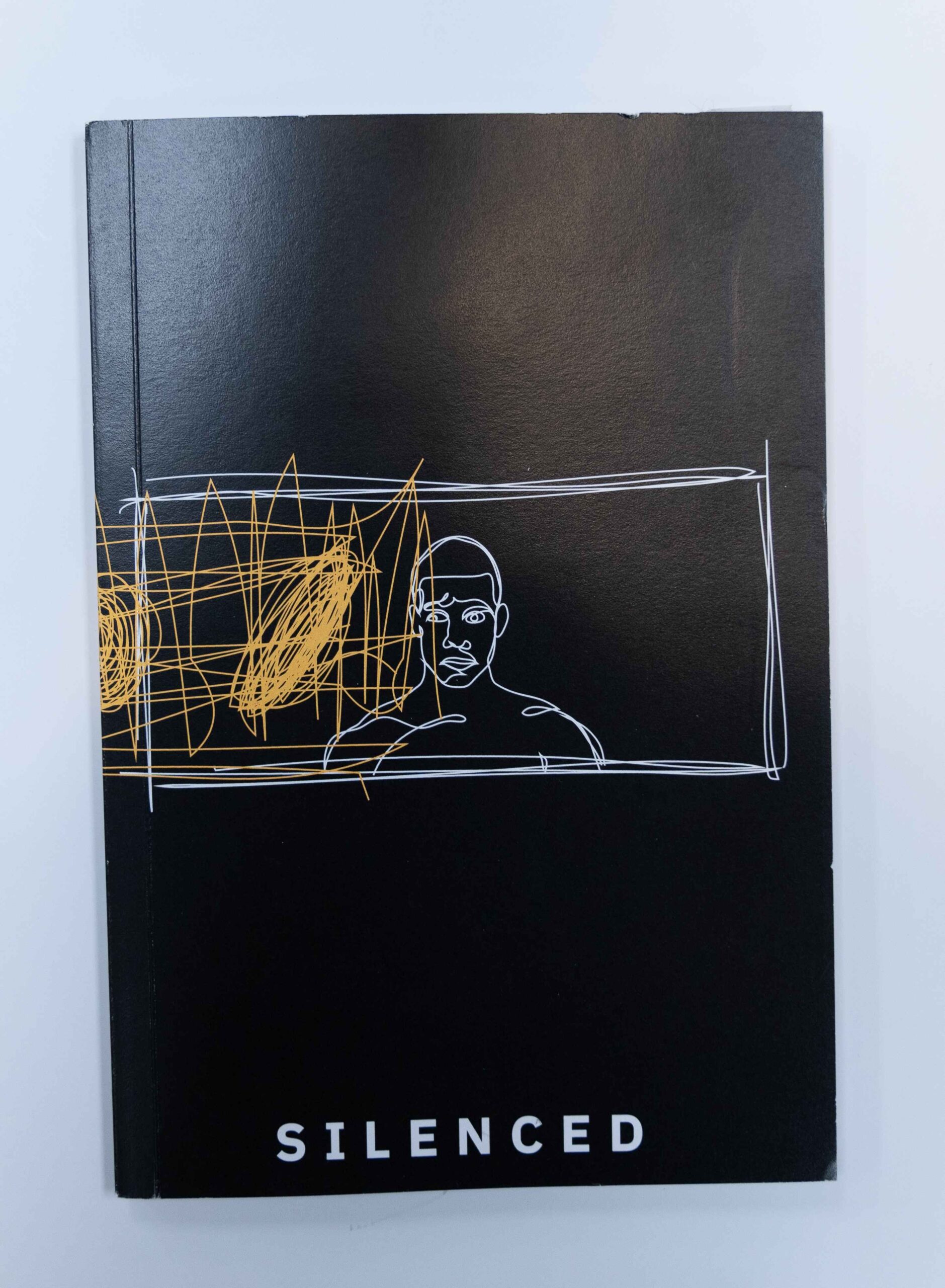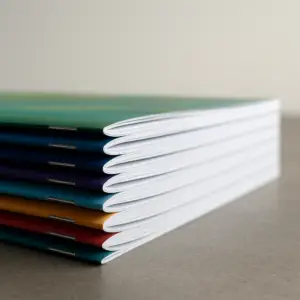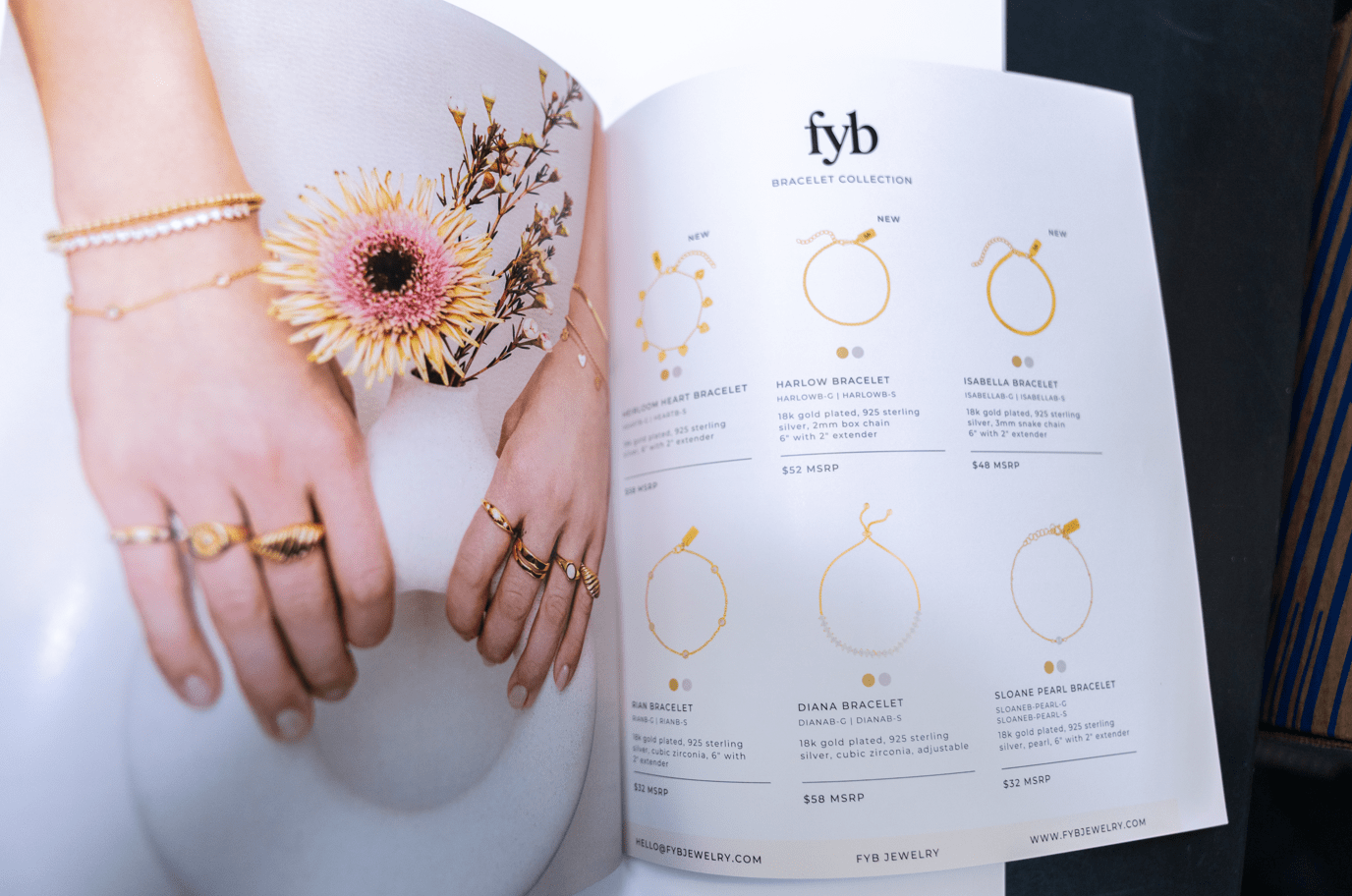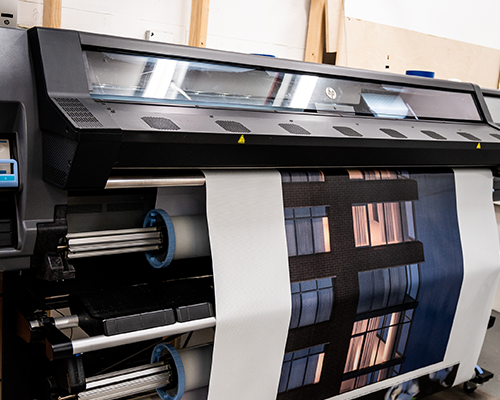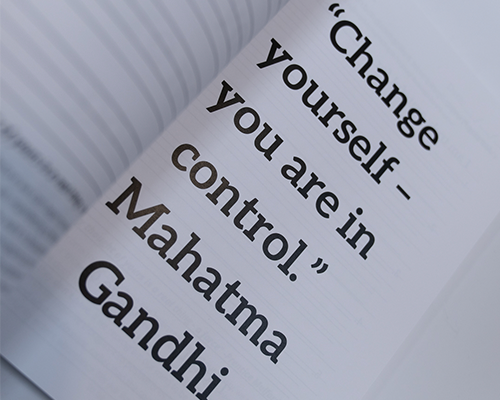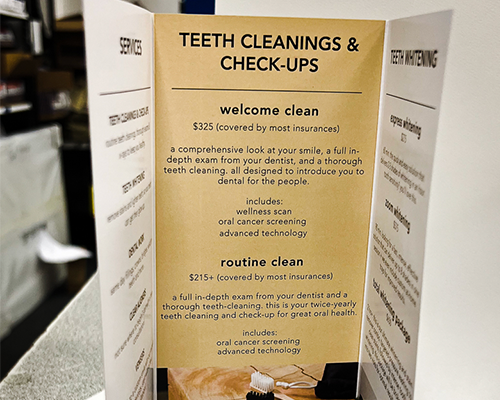When it comes to catalog printing, one of the most important decisions you’ll make is choosing the right binding method. Two of the most popular options are saddle-stitched and perfect-bound catalogs. Each has its own unique benefits and is suited for different types of projects, depending on factors like page count, budget, and overall aesthetic.
In this article, we’ll explore the key differences between saddle-stitched and perfect-bound catalogs, helping you determine which option is best for your specific needs.
Saddle-Stitched Catalogs: What Are They?
Saddle-stitched catalogs are bound using staples (or stitches) along the spine. The sheets are folded in half, and then stapled along the fold, which creates a simple yet effective binding. This method is ideal for catalogs with fewer pages and is both cost-effective and fast to produce.
Key Features of Saddle-Stitched Catalogs:
Page Count: Best suited for catalogs with a lower page count, typically ranging from 8 to 64 pages. Beyond this range, the catalog may not lay flat or close properly.
Binding Style: Two staples (sometimes more) are inserted into the spine of the catalog, holding the folded sheets together.
Affordability: Saddle stitching is one of the most affordable binding methods, making it ideal for smaller projects or those on a budget.
Durability: While not as durable as perfect binding, saddle stitching is sufficient for short-term use, especially for marketing materials or event programs.
Advantages of Saddle-Stitched Catalogs:
Cost-Effective: Since this method uses minimal materials and is relatively simple to execute, it’s a budget-friendly option for smaller catalogs.
Quick Turnaround: The production time for saddle-stitched catalogs is faster compared to more complex binding methods, making it great for projects with tight deadlines.
Flat Layout: Saddle-stitched catalogs can lay flat when opened, making them easy to read and handle.
Ideal Uses for Saddle-Stitched Catalogs:
Perfect-Bound Catalogs: What Are They?
Perfect-bound catalogs use a more advanced binding method that involves gluing the pages together along a square spine. The pages are trimmed to ensure uniformity, giving the catalog a professional, polished appearance similar to a paperback book. Perfect binding is often used for catalogs with a higher page count or when a premium look is desired.
Key Features of Perfect-Bound Catalogs:
Page Count: Perfect binding is ideal for catalogs with 40 pages or more, but it’s commonly used for much larger catalogs, sometimes containing hundreds of pages.
Binding Style: The pages are glued together along the spine and trimmed, creating a flat, clean edge.
Durability: Perfect-bound catalogs are more durable than saddle-stitched options, especially for long-term use or heavy handling.
Professional Look: The square spine gives perfect-bound catalogs a high-end, professional appearance, making them suitable for luxury products, annual reports, or corporate brochures.
Advantages of Perfect-Bound Catalogs:
Durability: The adhesive used in perfect binding creates a strong, long-lasting catalog that can withstand regular use.
Premium Appearance: Perfect-bound catalogs have a more refined look, which is ideal for businesses looking to impress clients or customers.
Large Page Capacity: Unlike saddle-stitching, perfect binding can accommodate hundreds of pages, making it the go-to option for thick, content-heavy catalogs.
Ideal Uses for Perfect-Bound Catalogs:
Product catalogs for large inventories
Choosing Between Saddle-Stitched and Perfect-Bound Catalogs
When deciding between saddle-stitched and perfect-bound catalogs, consider the following factors:
Page Count: If your catalog is less than 64 pages, saddle stitching is a great option. For thicker catalogs, perfect binding is the better choice.
Budget: Saddle-stitched catalogs are more affordable, so if cost is a major factor, this option may be preferable. However, for premium, high-end catalogs, perfect binding offers a more professional appearance, even if it comes at a higher cost.
Purpose: If your catalog is intended for short-term use, such as an event program, saddle stitching is sufficient. For catalogs that need to stand up to frequent use, like a product catalog or portfolio, perfect binding provides the durability you need.
Conclusion
Both saddle-stitched and perfect-bound catalogs offer unique advantages, and the right choice depends on your specific project needs. Saddle stitching is affordable, quick, and ideal for smaller catalogs, while perfect binding provides a professional, long-lasting solution for larger projects. By understanding the differences between these two binding methods, you can choose the best option to showcase your products or services effectively.


